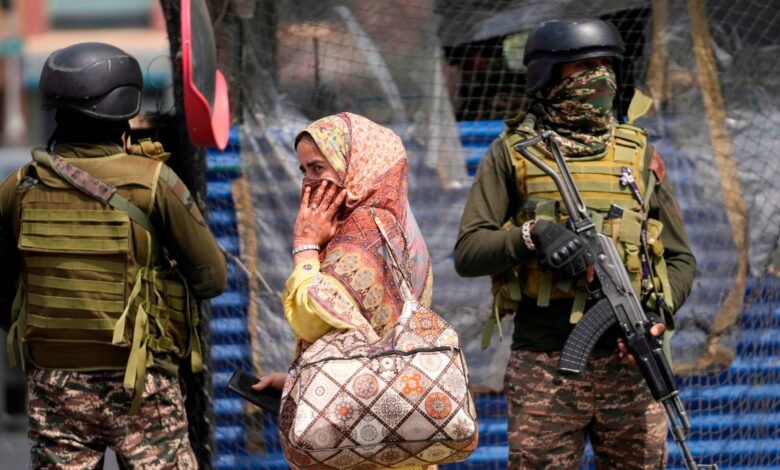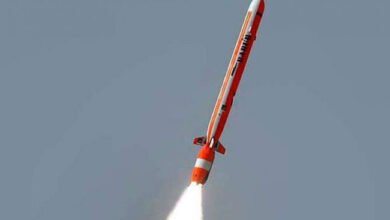Live: War Room – NA Session: Indian-Pakistan Strong Strike

Introduction
On May 7, 2025, tensions between India and Pakistan escalated dramatically, culminating in a significant military exchange that has drawn global attention. The catalyst for this escalation was the April 22 terrorist attack in Pahalgam, Indian-administered Kashmir, which resulted in the deaths of 26 civilians, predominantly Hindu tourists. India attributed the attack to Pakistan-based militants, leading to a series of retaliatory actions and heightened military readiness on both sides You know about theglobespot, andaazdaily, openrendz and live news Buzzfeed. .ElHuffPost+2Wikipedia+2Latest news & breaking headlines+2
Background: The Pahalgam Attack
The Pahalgam attack marked one of the deadliest assaults on Indian civilians in the region since the 2008 Mumbai attacks. The assailants, believed to be affiliated with The Resistance Front—a Pakistan-based offshoot of Lashkar-e-Taiba—specifically targeted non-Muslim tourists. In response, India expelled Pakistani diplomats, suspended the Indus Waters Treaty, and closed borders, while Pakistan denied involvement and retaliated by suspending the Simla Agreement and closing airspace and trade routes .Wikipedia+1Wikipedia+1
The Military Exchange: Operation Sindoor
In the aftermath of the Pahalgam attack, India launched “Operation Sindoor,” a series of airstrikes targeting alleged terrorist camps in Pakistan-administered Kashmir. The Indian government claimed that the strikes were precise and aimed at minimizing civilian casualties. However, Pakistan reported that at least 26 civilians were killed and 46 injured in the strikes .Sock Geeks+3Financial Times+3Al Jazeera+3Latest news & breaking headlines
Pakistan responded by shooting down five Indian fighter jets, though this claim remains unverified. Artillery exchanges along the Line of Control (LoC) further intensified the situation, with multiple explosions reported in areas such as Ahmed Pur East and Muzaffarabad .Financial Times+1Latest news & breaking headlines+1Wikipedia+1Latest news & breaking headlines+1
Military Capabilities and Strategic Doctrines
India and Pakistan, both nuclear-armed nations, possess significant military capabilities. India’s defense budget stands at $74.4 billion, allowing for substantial investments in advanced weaponry and technology. In contrast, Pakistan’s defense budget is considerably smaller, but the country maintains a formidable military force, including a nuclear arsenal estimated at 160–170 warheads for each nation .Financial Times
India’s “Cold Start” doctrine envisions rapid, limited conventional strikes to achieve strategic objectives without provoking a nuclear response. This doctrine has been a subject of debate, with some analysts questioning its practicality and the risk of escalation .Wikipedia
International Reactions and Diplomatic Efforts
The international community has expressed deep concern over the escalating tensions. The United Nations Secretary-General, António Guterres, called for restraint, while U.S. President Donald Trump condemned the attacks as a “disgrace.” Other nations, including China, Russia, and Turkey, have also urged both countries to de-escalate and engage in dialogue .Latest news & breaking headlines
Despite these calls, both India and Pakistan have maintained combative postures. India has postponed overseas trips by Prime Minister Narendra Modi, and Pakistan has closed its airspace. Flights and civilian life in the region have been severely disrupted .Latest news & breaking headlines
The Path Forward: Prospects for De-escalation
The current situation remains volatile, with both nations on high alert. The risk of further escalation into a full-scale conflict looms large, particularly given the nuclear capabilities of both countries. Diplomatic efforts are ongoing, but the deeply entrenched issues surrounding Kashmir and historical grievances pose significant challenges to peace efforts.Latest news & breaking headlines
The international community must continue to exert pressure on both India and Pakistan to prioritize dialogue over military action. Confidence-building measures, third-party mediation, and a renewed commitment to existing agreements like the Simla Agreement could provide avenues for de-escalation.Wikipedia
Conclusion
The events of May 7, 2025, serve as a stark reminder of the fragile peace between India and Pakistan. While both nations have legitimate security concerns, the path to lasting peace lies in dialogue, mutual understanding, and a commitment to resolving disputes through peaceful means. The international community plays a crucial role in facilitating this process and preventing further escalation.



